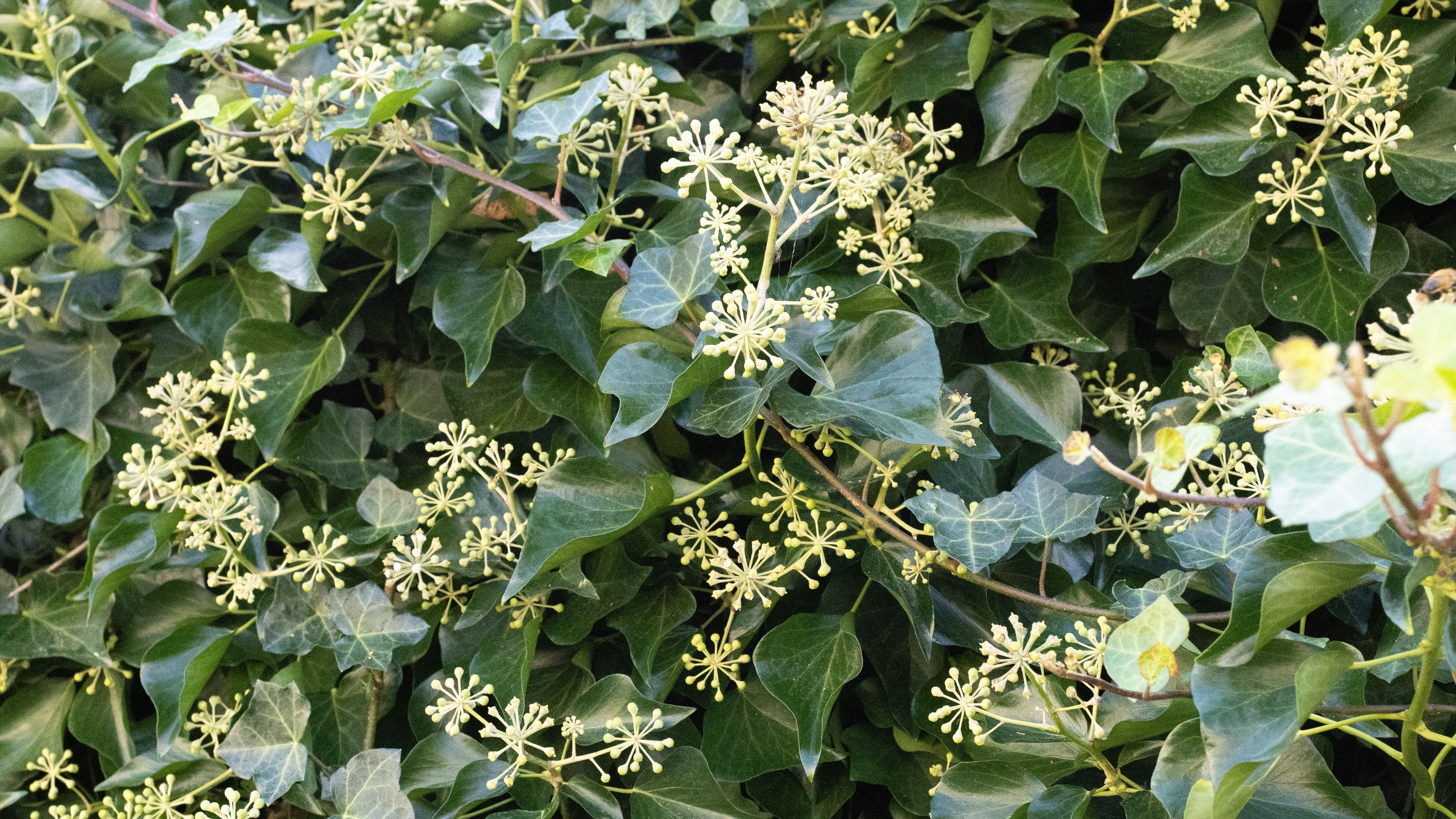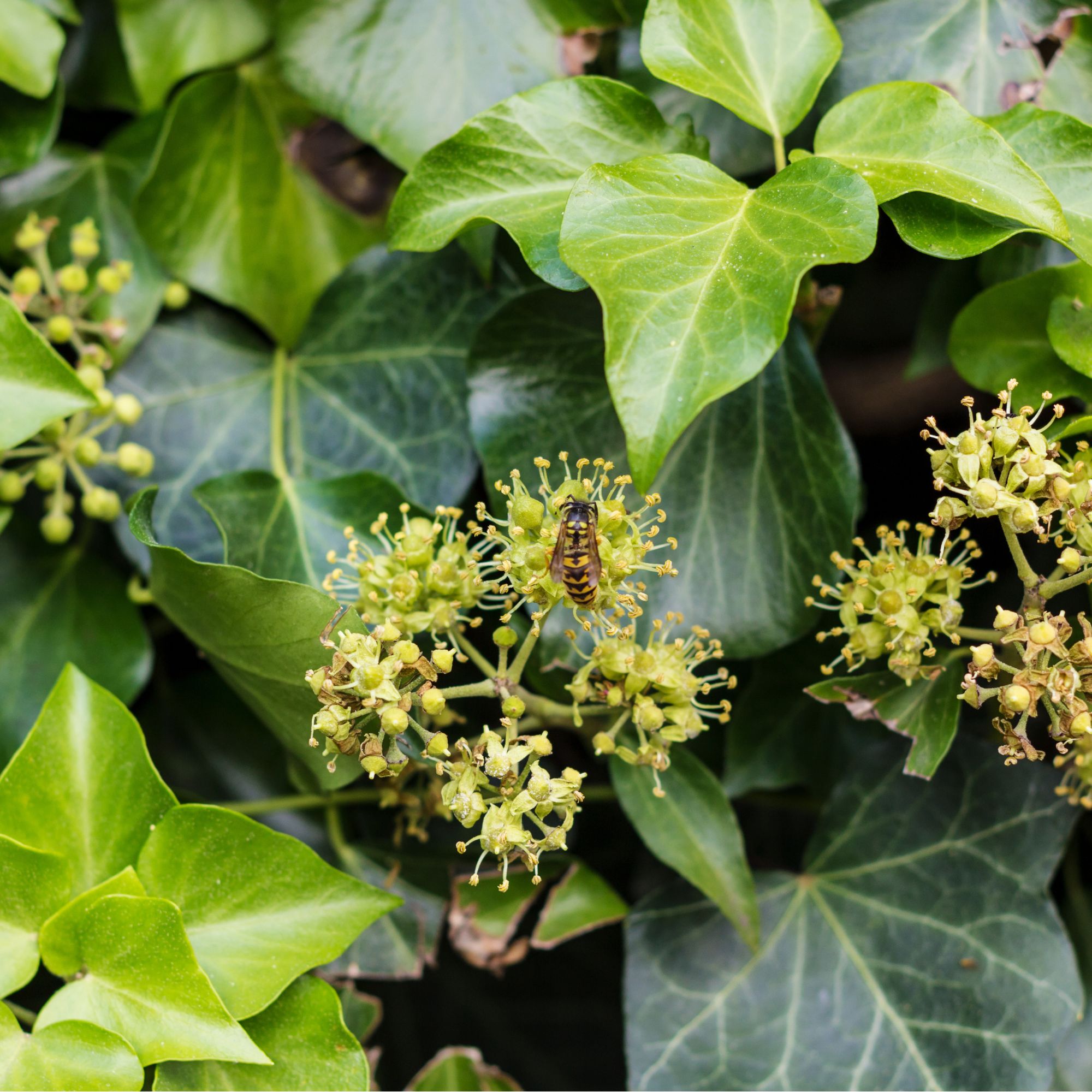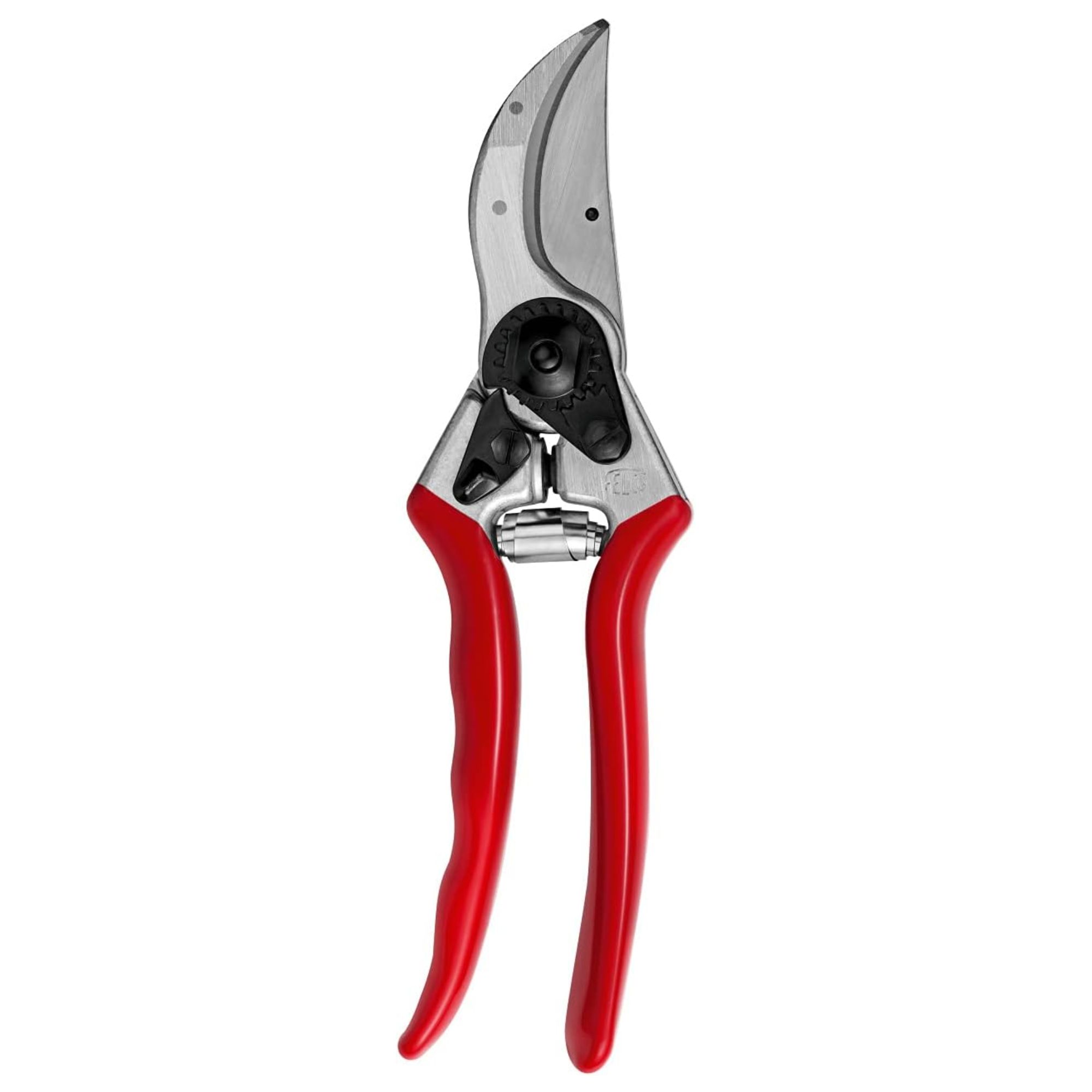How to get English ivy to bloom and add some extra flower power to your garden
Ivy is beautiful at the best of times, but even more so when it’s blooming…


It may sound impossible, but you can learn how to get English ivy to bloom – if you thought ivy was just about the gorgeous green leaves, think again as you could be missing out on these pretty greeny-yellow blooms.
That's right: you likely knew that you could use your favourite ivy ideas to cover an ugly garden wall, but few people realise ivy is a flowering plant, and this is largely due to the fact that it has to be a mature plant to do so.
Look this way, then, if you're in the market for a new way to attract pollinators to your wildlife garden – because we suspect the not-so-humble ivy plant could, with a little TLC, prove the answer...
'Young ivy plants may not flower until they become larger, more mature and woody,' explains Morris Hankinson, director of Hopes Grove Nurseries.

Morris Hankinson is the founder and managing director of Hopes Grove Nurseries Ltd, the UK’s only specialist grower-retailer of hedging plants. He established the thriving business in 1992, shortly after graduating with a Commercial Horticulture Degree from Writtle College, Essex.
'In some cases, this can take at least 5 years, so patience when growing ivy is needed,' he continues.
'It is worth the wait, though, because when ivy does flower, it’s a magnet for bees, birds, bats, and other useful pollinators.'
What you will need
The most important thing you will need when learning how to get English ivy to bloom is, of course, a healthy hedera helix from Crocus or otherwise.
Sign up to our newsletter for style inspiration, real homes, project and garden advice and shopping know-how
- Crocus: a stellar selection of ivy
- Thompson & Morgan: an abundance of different ivy varieties
Once this is sorted, all you really need is a sunny spot, mulching materials, and (as mentioned already) a great deal of patience.
'I once restored an old wall garden where the ivy hadn't been touched for decades. The mature sections were hosting over 50 different species of pollinators during autumn flowering – a testament to its ecological value,' says Steven Bell, the CEO of Paving Shopper.

Steven Bell is the managing director of Paving Shopper, known for his expertise in gardening, landscaping and paving. He leads the company with a focus on quality and innovation, ensuring Paving Shopper remains a trusted source for diverse paving needs.
'The flowers, though small, contain up to 5mg of nectar each, making them crucial for late-season insects,' he adds.
Step-by-step
Once you have a mature plant, it's not too hard to learn how to get English ivy to bloom, so long as you make sure to tick off the following...
1. Let the sun shine

The most important thing to consider when planting this timeless evergreen beauty is its location.
'Ivy thrives in shady areas but it is more likely to produce an abundance of flowers with some sunshine, especially at the end of the summer and into autumn which is when it flowers,' says Morris.
'It is important, then, to plant ivy with plenty of sunshine if you want flowers to grow.'
2. Condition the soil
If you want to get English ivy to bloom, you need to condition your soil and give the plant a nutrient boost.
'Ivy grows in many places but to help it thrive, add to the soil some well rotted organic matter, ensure it is well drained and slightly acidic if possible,' says Morris.
3. Water it well

While you definitely don't want to overwater your plants, it's important to keep yours hydrated if you want to get English ivy to bloom.
'Since ivy quite easily grows in many places, it’s easy to forget to water it,' says Morris. 'While it usually doesn’t need extra water than average rainfall, it is helpful to water the soil in dryer conditions to make sure it has enough moisture.'
4. Prune it
Just as you might prune a hedge to keep it looking its best, so, too, you should do with your English ivy if you want to see it bloom.
'A large unruly Ivy will need pruning back to keep it in shape but pruning back too hard will minimise or delay flowering,' says Morris.
'To ensure flowering, let the Ivy grow and provide it with support, tie in to trellis and lightly prune.'
FAQs
How long does it take for ivy to flower?
It does take a reasonably long time for ivy to flower, as they need to have become well established so that they can switch to the adult stage (anywhere between 5 and 10 years).
'The transformation of hedera helix from juvenile to adult form is a remarkable example of plant dimorphism. The change occurs due to complex hormonal shifts triggered by the plant reaching its adult phase, typically at around 5-10 years old,' says Steven Bell, the CEO of Paving Shopper.
'The adult form develops oval leaves and produces flowers rich in nectar, with glucose concentrations up to 80%,' he adds.
'Ivy is great for supporting biodiversity in the garden, and ensuring you allow your ivy to flower late summer into autumn for pollinators and later it will have berries which birds will eat,' says Morris.
With that in mind, then, stay your hand the next time you think about getting rid of that beautifully mature-looking ivy plant. In just a few years, it will be the blooming centrepiece that brings all the birds, bees, and butterflies to your yard... and the evergreen that leaves neighbours green with envy, too!

Kayleigh Dray became Ideal Home’s Acting Content Editor in the spring of 2023, and is very excited to get to work. She joins the team after a decade-long career working as a journalist and editor across a number of leading lifestyle brands, both in-house and as a freelancer.
